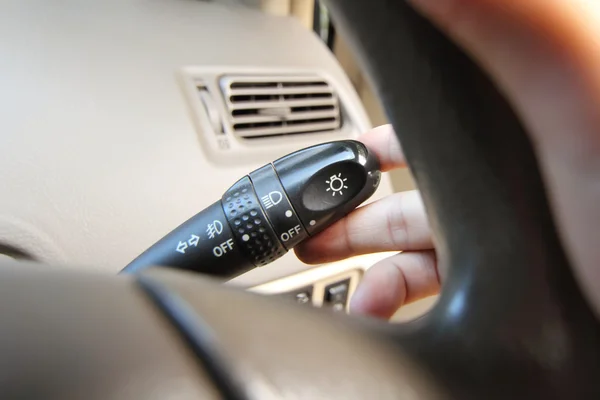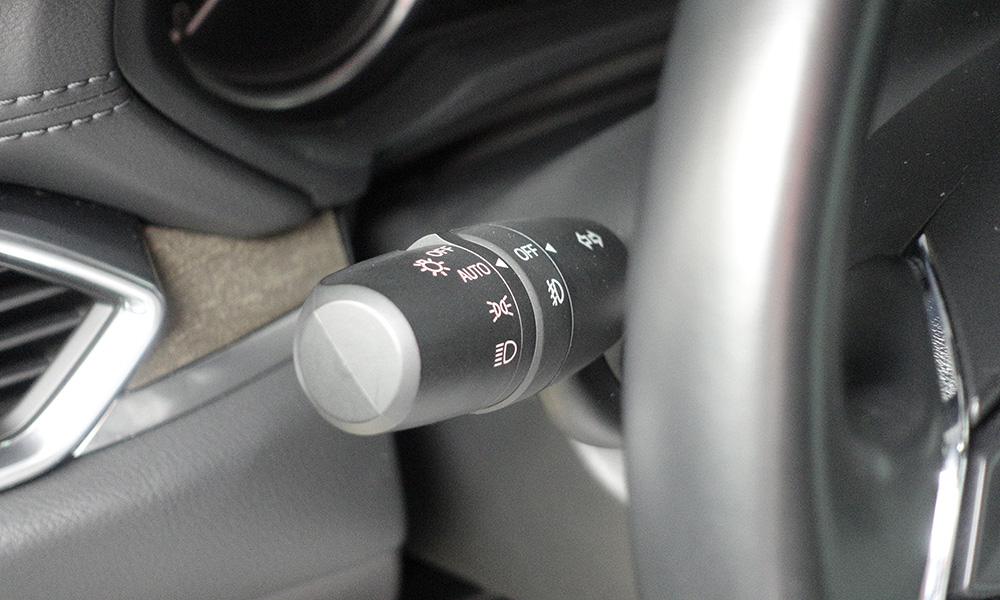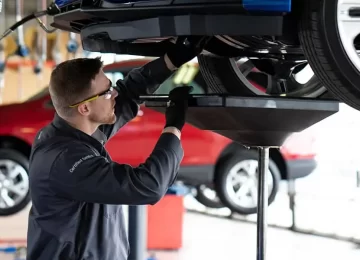The stalk control, also known as the turn signal lever or switch, is a key component in your vehicle’s signaling system. It allows drivers to activate their turn signals, windshield wipers, and other functions with ease. However, when the turn signal stalk malfunctions, it can lead to a range of issues, from non-functioning signals to problems with other controls. Repairing problems with the stalk control requires careful attention and expertise to ensure it functions properly and safely.
Diagnosing the Problem with the Stalk Control
The first step in repairing a faulty turn signal stalk control is diagnosing the problem. A mechanic will inspect the stalk to determine whether it’s physically damaged or if there’s an electrical issue preventing the turn signals from activating. Common symptoms of a faulty stalk control include the turn signals not responding, the stalk feeling loose or unresponsive, or the signals blinking too quickly or slowly. The technician will check the wiring connections to ensure there are no shorts or disruptions in the circuit. Once the problem is pinpointed, the mechanic can proceed with the appropriate repair. Opting for the Auto Repair in Franklin, KY based service would be essential here.
Inspecting the Turn Signal Lever and Switch Mechanism
If the turn signal stalk is the source of the malfunction, the mechanic will carefully inspect the lever and its internal switch mechanism. Over time, the switch can become worn or sticky due to constant use. Dirt, dust, or debris can also get inside the stalk, causing it to stick or fail to make proper contact with the wiring inside. In this case, the mechanic may disassemble the steering column and remove the stalk to examine the internal parts.

Repairing or Replacing the Stalk Control
Once the issue is identified, the mechanic will determine whether a repair or a full replacement is necessary. If the stalk control is malfunctioning due to a small issue, such as dirt or corrosion, cleaning and lubricating the parts may solve the problem. However, if the stalk is physically damaged or the internal switch is no longer working properly, replacement may be required. Replacing the turn signal stalk often involves removing the steering wheel and carefully disconnecting the old stalk before installing a new one.
Testing the System After Repair
Once the repair or replacement is completed, the mechanic will test the turn signal system to ensure it’s working correctly. This includes checking both the left and right turn signals, as well as the automatic cancellation feature that deactivates the signal once the turn is completed. The mechanic will also ensure that the stalk control is securely reassembled and functions smoothly without any loose or stuck parts. After testing, the vehicle will be returned to the owner with a fully functional turn signal system.
Conclusion
Turn signal repairs related to the stalk control require a systematic approach to diagnosis and repair. Whether the issue is a simple buildup of dirt or a more complex electrical problem, addressing the malfunction promptly is crucial for maintaining safe driving practices.











